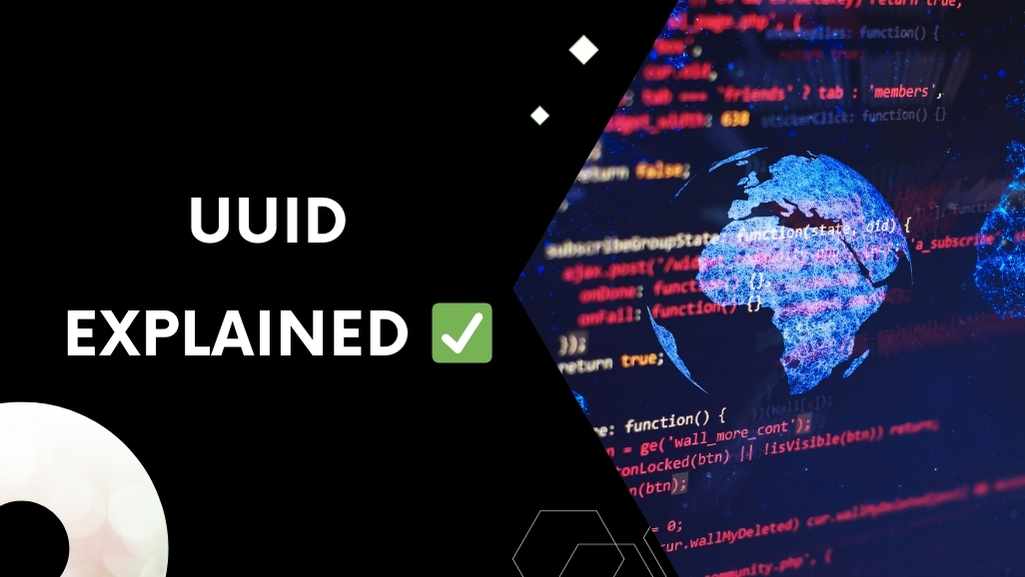In the world of information technology, unique identification is crucial. The d3e295e6-70c8-411d-ae28-a5596c3dbf11 UUID is one such identifier that plays a vital role in various applications and systems. In this blog post, we will take a closer look at this specific UUID and understand its significance, structure, and applications.
1. What is a UUID?
UUID stands for Universally Unique Identifier. It is a 128-bit identifier that is designed to be globally unique. The primary purpose of UUIDs is to ensure that multiple entities in a distributed system can generate identifiers without the risk of collisions, i.e., two entities generating the same identifier simultaneously.
UUIDs are typically represented as a string of 32 hexadecimal characters, separated by hyphens into five groups. The d3e295e6-70c8-411d-ae28-a5596c3dbf11 UUID adheres to this format. Let’s break down its components:
- d3e295e6: The first group represents the timestamp of UUID generation.
- 70c8: The second group signifies the version of the UUID. In this case, it indicates a randomly generated UUID.
- 411d: The third group is the variant. It specifies the layout of the UUID, indicating that it follows the RFC 4122 standard.
- ae28: The fourth group is a portion of the clock sequence and node identifier.
- a5596c3dbf11: The fifth group comprises the remaining portion of the clock sequence and node identifier.
2. Significance of the d3e295e6-70c8-411d-ae28-a5596c3dbf11 UUID
The d3e295e6-70c8-411d-ae28-a5596c3dbf11 UUID, like all UUIDs, serves several critical purposes:
Uniqueness:
UUIDs are virtually guaranteed to be unique across the globe. This uniqueness is achieved through various algorithms that consider factors such as time, randomness, and the machine’s network address. Therefore, the d3e295e6-70c8-411d-ae28-a5596c3dbf11 UUID can be used to identify a specific entity or object without any ambiguity.
Distribution and Scalability:
UUIDs are particularly useful in distributed systems and databases. Multiple nodes or systems can independently generate UUIDs for various records or objects without the need for centralized coordination. This makes UUIDs highly scalable and suitable for cloud-based applications and large-scale data management.
Security and Anonymity:
In some cases, UUIDs can also be used to protect sensitive information. By generating UUIDs instead of exposing real identifiers, organizations can maintain a level of anonymity while still being able to uniquely identify records or users. This is often employed in scenarios like online gaming or content distribution platforms.
3. Use Cases for the d3e295e6-70c8-411d-ae28-a5596c3dbf11 UUID
UUIDs find application in a wide range of fields and industries:
- Database Systems: UUIDs are commonly used as primary keys in databases, ensuring data uniqueness across distributed systems.
- Software Component Identification: Developers use UUIDs to uniquely identify software components, modules, or plugins.
- File and Object Storage: UUIDs can be assigned to files or objects in storage systems to ensure each item has a unique identifier.
- User Authentication: Some authentication protocols use UUIDs to represent user sessions or tokens, enhancing security.
In conclusion, the d3e295e6-70c8-411d-ae28-a5596c3dbf11 UUID is a prime example of a Universally Unique Identifier, serving as a critical tool for maintaining data integrity, scalability, and security in various applications. Its structure and design make it an invaluable asset in the realm of information technology, ensuring that entities can be uniquely identified with minimal risk of duplication. Whether you encounter it in a database, software application, or distributed system, the d3e295e6-70c8-411d-ae28-a5596c3dbf11 UUID represents a fundamental building block of modern computing.

